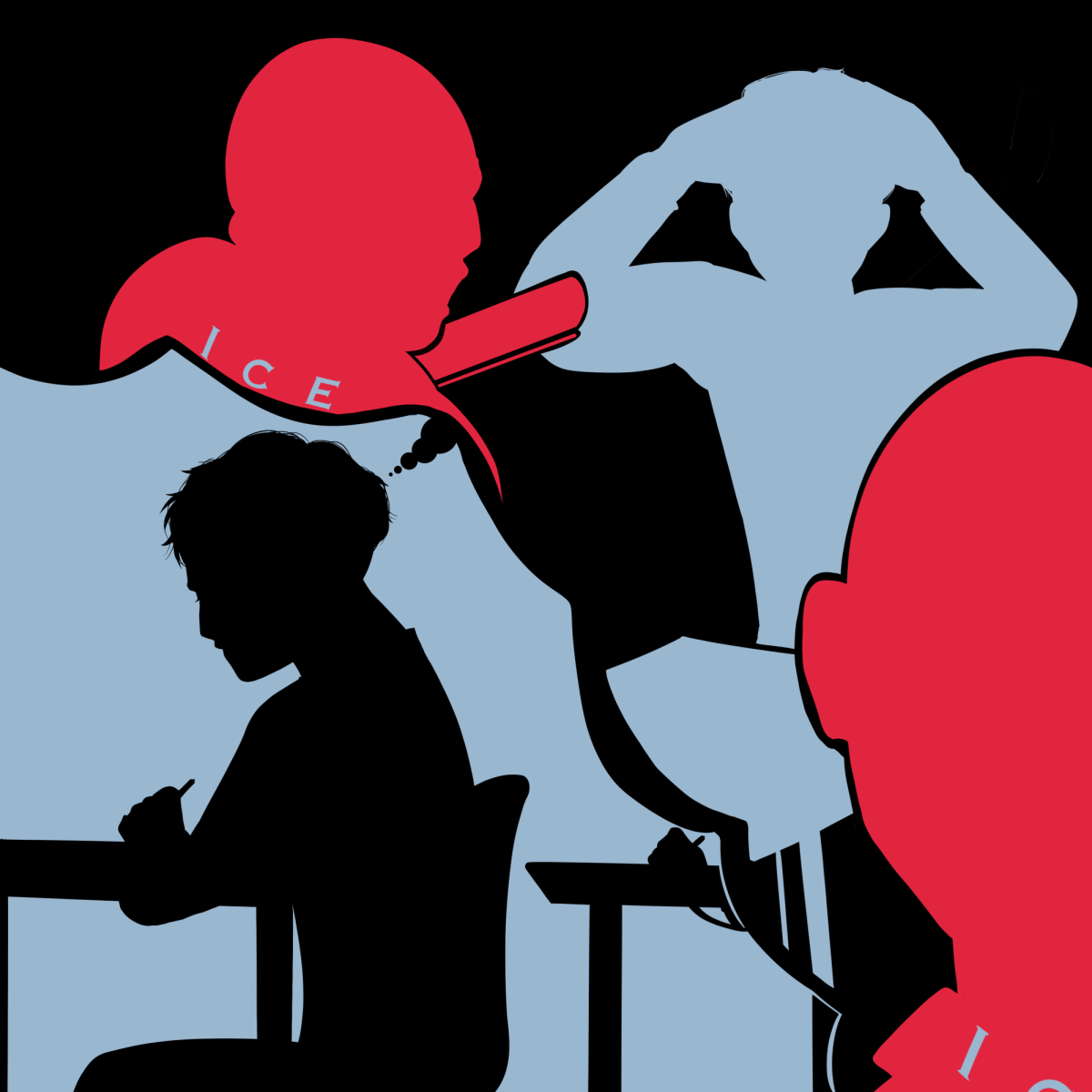When one thinks of fear-mongering or scare tactics, one of the most common examples that comes to mind are drug use, the main goal of which is scaring people away from drugs to benefit their overall health and well-being. While an honorable mission, the strategy has not been proven very successful over the years, as shown by a series of 2017 studies on the impact of fear-based ad campaigns targeting LSD and methamphetamines cited in the academic journal “Evidence-Based Practices”.
Since the COVID-19 pandemic, many educators have felt the direct consequences of the choices of numerous inattentive and uncaring students still reeling from the effects of mass quarantine and distance learning. However, the solutions in use at Columbia Heights High School (CHHS) since the return to in-person learning heavily rely on the exact kind of fear-mongering and empty threats proven time and time again to be ineffective in an attempt to make students resume their previously learned academic habits and polite public behavior. These actions have done little to nothing to curb the problem and, instead, continue to increase grade anxiety with even our best-performing students. This toxic cycle has led The Heights Herald’s editorial board to call for change in the community — not just for the students but for everyone.
According to a 2004 report by the National Institute of Health Sciences Panel, “Programs that rely on scare tactics to prevent problems are not only ineffective but may have damaging effects.” These attempts will most likely affect people whose brains aren’t fully developed yet. And what demographic in particular has prefrontal cortexes that aren’t fully developed yet? Teenagers! The prefrontal cortex is responsible for logical thinking, decision making and rational thinking in anxiety-inducing situations. It also doesn’t fully develop until around age 23. This makes it really hard for teens to think logically, especially when they are being threatened.
How does this happen at CHHS? Many deans, past and present, have relied on class meetings during scheduled advisory times to make repetitive points about attendance, grades and behavior. Going so far as to regularly threaten suspension, call parents/guardians, send truancy letters to families, transfer students to alternative learning center Metro Heights Academy in Fridley or even make them retake previously failed classes do nothing but cause anxiety in and scare the kids who are already successful in school and feel like yet another scolding to those that are struggling
It should also be noted that students who are struggling are often too scared to speak up out of fear of the aforementioned consequences. When students aren’t comfortable asking for help or asking to be pulled from more difficult classes due to an intimidating workload or mental health challenges, they will slowly become unable to keep up with work resulting in grades slipping or dwindling attendance, which can also result in a drop in grades.
This prevalent consequence is also backed up by science. According to Vanderbilt University’s Peabody College of Education and Human Development, scare tactics geared towards youth don’t often work because teens will often either dismiss the interaction entirely — often thinking “that could never happen to me” — or academically struggling students will become more attracted to the idea of actually doing the action that is being frowned upon as an act of rebellion.
Ignoring threats becomes even more common, of course, when said threats are so often empty. Students who struggle in school continue to struggle because they haven’t faced any of the consequences associated with their harmful actions (students who are low on credits fall through the cracks, misbehaving students are sent back to class rather than suspended or sent home, etc.) nor had any one-on-one interventions that amounted to anything more than one-on-one fear-mongering. Also, because of this, the threats will continue to be made in these torturous class meetings and therefore the anxiety will continue to grow and spread.
Many other, more helpful solutions exist, such as discussing the specific issues with the students directly in person (perhaps with deans meeting with students individually who are identified by their advisor) rather than as an entire group, spending that advisory time calling families or maybe even enforcing the behavior and academic requirements to participate in sports or activities. There are many more solutions that could be implemented to benefit the well-being of the majority of our student body, including those who are struggling. The Columbia Heights High School (CHHS) student body is not okay, and something needs to change.









